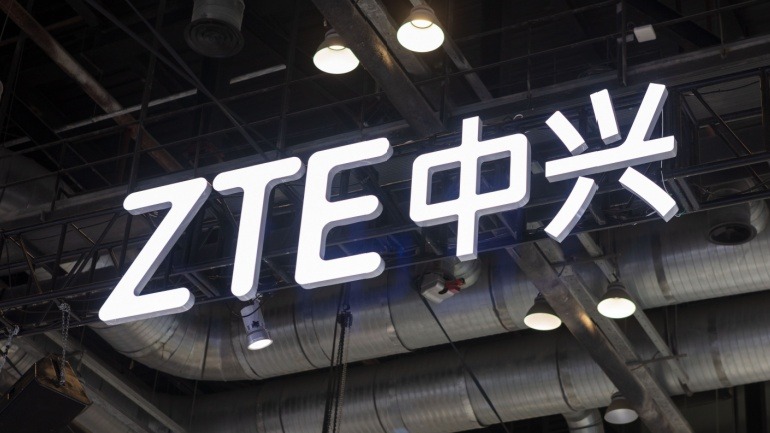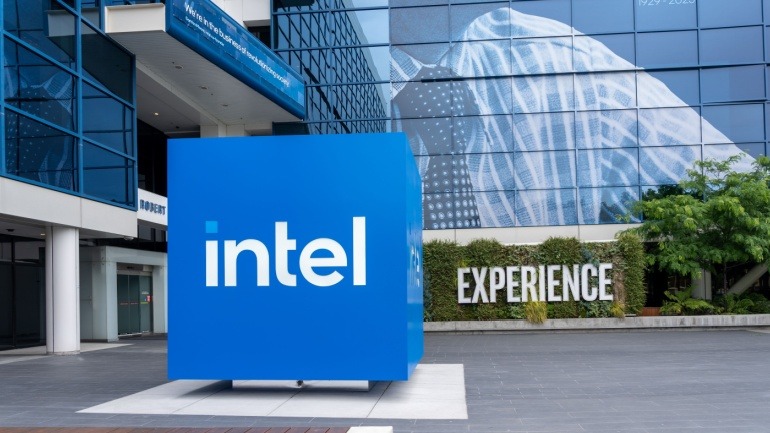Orange’s acquisition of its Spanish joint venture marks a bold expansion move within Spain’s telecom market. By obtaining full ownership, Orange advances its influence in the competitive fiber optic sector. The deal not only solidifies Orange’s market standing but also reflects strategic consolidation efforts shaping telecom landscapes.
Global tech strategists, Juniper Research, have released a report on the travel eSIM market, revealing a significant shift that could impact VoIP offerings. As the competition heats up and revenues decline, providers are prompted to think beyond traditional models. Embracing bundled services can attract VoIP customers and enhance overall value.
LOS ANGELES, Dec., 2025 /PRNewswire/ — Telgorithm, a leading provider of cloud communications infrastructure, today announced that its Smart Queueing technology has been officially granted a U.S. Patent No. 12,457,522, recognizing the…
As Nokia pursues a cost-saving strategy, an additional 300 job cuts in Greece and Italy loom, sparking protests across Europe. These layoffs contribute to a broader restructuring plan, impacting Nokia’s enterprise campus edge, microwave radio, and fixed-line access. Amidst significant workforce reductions, employees remain steadfast in opposing these measures.
ZTE faces a high-stakes battle with the US government over potential bribery charges in Venezuela, risking fines up to $1 billion. This follows previous compliance violations resulting in heavy penalties. For the VoIP sector, ZTE’s situation underscores the critical need for transparency and adherence to international trade regulations.
Amazon’s robust $35 billion investment plan underscores its commitment to shaping India’s digital landscape, with an eye on AI-driven advances and e-commerce expansion. This financial infusion aims to bolster small businesses, as well as create 1 million jobs by 2030. Competing with tech giants like Microsoft, Amazon champions a progressive vision.
Intel’s strategic move to retain its networking and edge (NEX) assets signifies a pivotal shift in enhancing VOIP solutions. By maintaining NEX, Intel aims to foster deeper integration between silicon and software, bolstering offerings in VOIP technology, AI, data centers, and edge computing, ultimately strengthening enterprise and telecom markets.
The digital innovation landscape is buzzing with Vodafone and Sumitomo JV Pairpoint, a frontrunner in VoIP technology. Recently securing €30 million investment, Pairpoint aims to enhance blockchain and IoT platforms, expanding globally. Their focus on strategic realignment and embracing cutting-edge technology showcases revolutionary potential in the VoIP industry.
Gamma Communications has unveiled GammaUCX, revolutionizing VoIP for European businesses. This innovative network boosts seamless integration across major platforms like Microsoft Teams and Webex, offering an “on-net” calling environment. By addressing outdated voice infrastructure, GammaUCX optimizes cloud communications, reducing costs and enhancing efficiency. With two-way calling across 20 countries, it supports both modern and legacy systems.
Arcus Infrastructure Partners is spearheading a strategic move into digital infrastructure with the closing of its European Infrastructure Fund 4. This highlights the soaring interest in digital infrastructure investment driven by rising connectivity demands. Arcus aims to diversify across sectors, including renewable energy, reflecting broader industry trends towards sustainable growth and technology integration.













